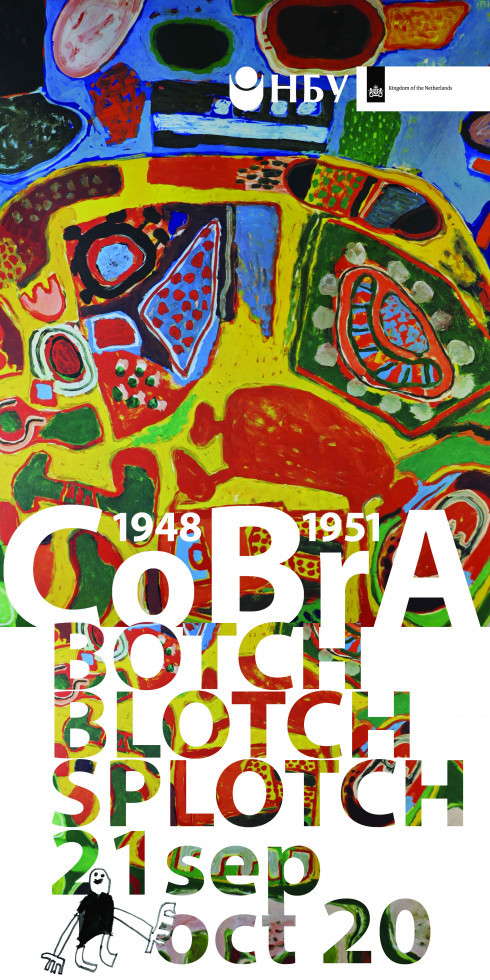
Botch, Blotch, Splotch: CoBrA (1948 – 1951)
Botch, Blotch, Splotch: CoBrA (1948 – 1951)
Selected Works from the Collection of The Embassy of the Kingdom of the Netherlands
The CoBrA rebellion emerged in the years after the Second World War. Although the world was different then, nothing had changed in art. Modern pre-war imagery and style was back in power - Surrealism and Abstractionism, Dada, Expressionism.
On 8th November 1948, in a Parisian café under the shade of Notre Dame, a group of five artists – Constant (Constant Anton Nieuwenhuys), Corneille (Guillaume Cornelis van Beverlois), Karel Appel, Joseph Noiret and Asger Jorn, led by the Belgian artist and poet Christian Dothremont – founded the CoBA Movement. The name derives from the first letters of the three North European cities - Copenhagen, Brussels, Amsterdam, where the artists in the movement came from.
“Creation before theory!”, insist the artists of the CoBrA circle. They firmly reject formalistic restrictions on creativity and focus on the natural talent and creativity inherent in every human being, drawing inspiration from the art of children and the mentally ill. They do not turn to museums or galleries for inspiration; rather, they look to ancient Nordic myths and the aesthetics of Primitivism – all of which comes together in what becomes known as the “CoBrA lanuage”.
The CoBrA Movement quickly outgrows its original boundaries, eventually involving some 60 poets, painters and sculptors from Germany, Sweden, France and England, apart from Denmark, Belgium and the Netherlands.
